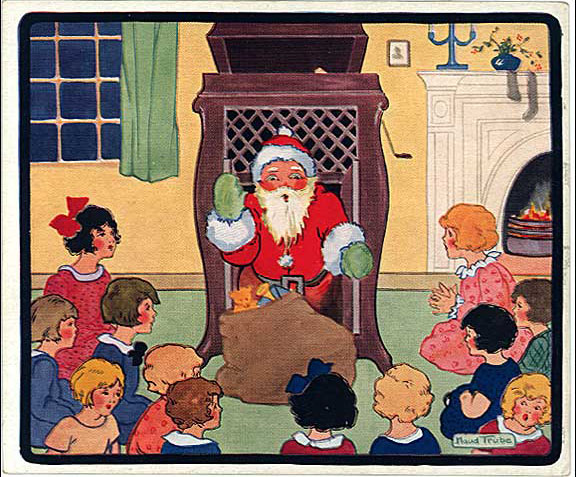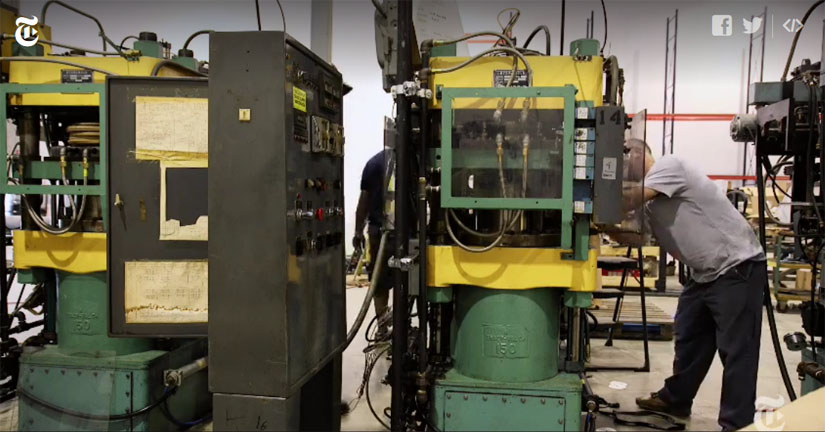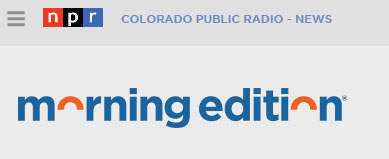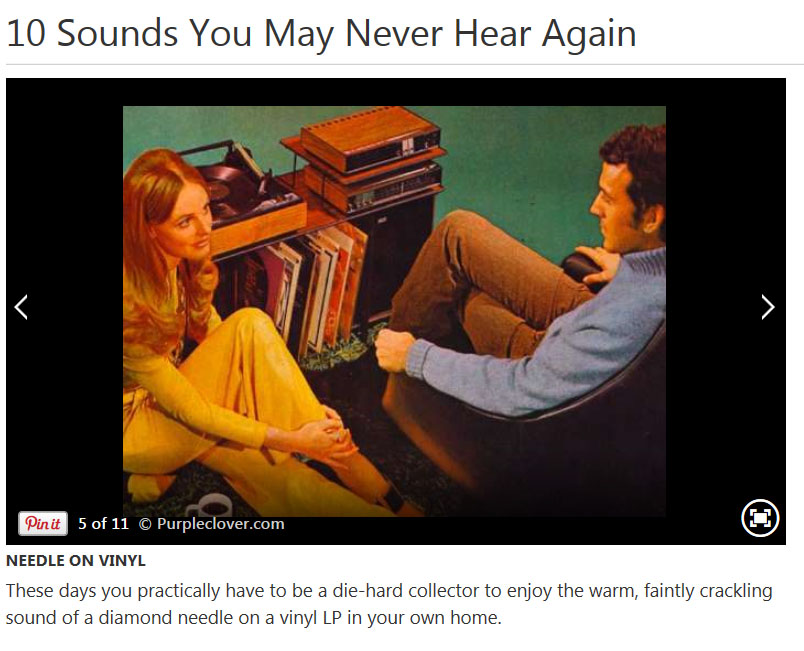
Ghostly Voices From Thomas
Edison’s Dolls Can Now Be Heard
By RON COWEN MAY 4, 2015
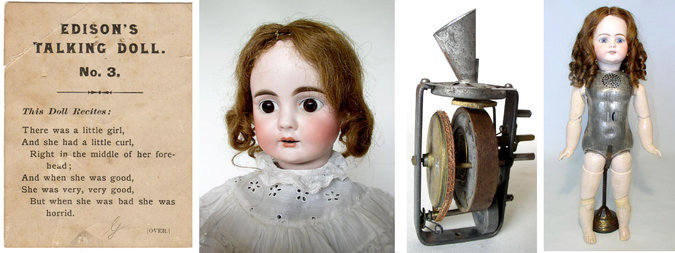
A government laboratory found a way to listen
to recordings on fragile wax cylinders inside dolls made by Thomas
Edison in 1890.
Credit Collection of Robin and Joan Rolfs
Though Robin and Joan Rolfs owned two rare talking
dolls manufactured by Thomas Edison’s phonograph company in 1890,
they did not dare play the wax cylinder records tucked inside
each one.
The Rolfses, longtime collectors of Edison phonographs,
knew that if they turned the cranks on the dolls’ backs, the steel
phonograph needle might damage or destroy the grooves of the hollow,
ring-shaped cylinder. And so for years, the dolls sat side by
side inside a display cabinet, bearers of a message from the dawn
of sound recording that nobody could hear.

In 1890, Edison’s dolls were a flop; production
lasted only six weeks. Children found them difficult to operate
and more scary than cuddly. The recordings inside, which featured
snippets of nursery rhymes, wore out quickly.
Yet sound historians say the cylinders were the
first entertainment records ever made, and the young girls hired
to recite the rhymes were the world’s first recording artists.
Year after year, the Rolfses asked experts if there
might be a safe way to play the recordings. Then a government
laboratory developed a method to play fragile records without
touching them.
The technique relies on a microscope to create images
of the grooves in exquisite detail. A computer approximates —
with great accuracy — the sounds that would have been created
by a needle moving through those grooves.
In 2014, the technology was made available for the
first time outside the laboratory.
The fear all along is that we don’t want to damage
these records. We don’t want to put a stylus on them,” said Jerry
Fabris, the curator of the Thomas Edison Historical Park in West
Orange, N.J. “Now we have the technology to play them safely.”
Last month, the Historical Park posted online three
never-before-heard Edison doll recordings, including the two from
the Rolfses’ collection. “There are probably more out there, and
we’re hoping people will now get them digitized,” Mr. Fabris said.
The technology, which is known as Irene (Image,
Reconstruct, Erase Noise, Etc.), was developed by the particle
physicist Carl Haber and the engineer Earl Cornell at Lawrence
Berkeley. Irene extracts sound from cylinder and disk records.
It can also reconstruct audio from recordings so badly damaged
they were deemed unplayable.
“We are now hearing sounds from history that I did
not expect to hear in my lifetime,” Mr. Fabris said.
The Rolfses said they were not sure what to expect
in August when they carefully packed their two Edison doll cylinders,
still attached to their motors, and drove from their home in Hortonville,
Wis., to the National Document Conservation Center in Andover,
Mass. The center had recently acquired Irene technology.
Cylinders carry sound in a spiral groove cut by
a phonograph recording needle that vibrates up and down, creating
a surface made of tiny hills and valleys. In the Irene set-up,
a microscope perched above the shaft takes thousands of high-resolution
images of small sections of the grooves.
Stitched together, the images provide a topographic
map of the cylinder’s surface, charting changes in depth as small
as one five-hundredth the thickness of a human hair. Pitch, volume
and timbre are all encoded in the hills and valleys and the speed
at which the record is played.
At the conservation center, the preservation specialist
Mason Vander Lugt attached one of the cylinders to the end of
a rotating shaft. Huddled around a computer screen, the Rolfses
first saw the wiggly waveform generated by Irene. Then came the
digital audio. The words were at first indistinct, but as Mr.
Lugt filtered out more of the noise, the rhyme became clearer.
“That was the Eureka moment,” Mr. Rolfs said.
In 1890, a girl in Edison’s laboratory had recited:
There was a little girl,
And she had a little curl
Right in the middle of her forehea
When she was good,
She was very, very good.
But when she was bad, she was horrid.

Listen to this record by Clicking: “There
Was a Little Girl” 0:20 Play
The first recording heard from Edison’s Talking
Doll. (Audio quality is low.)
CLICK
HERE to read the remainder of the story.
The Rolfses’ dolls are back in the display cabinet
in Wisconsin. But with audio stored on several computers, they
now have a permanent voice.











